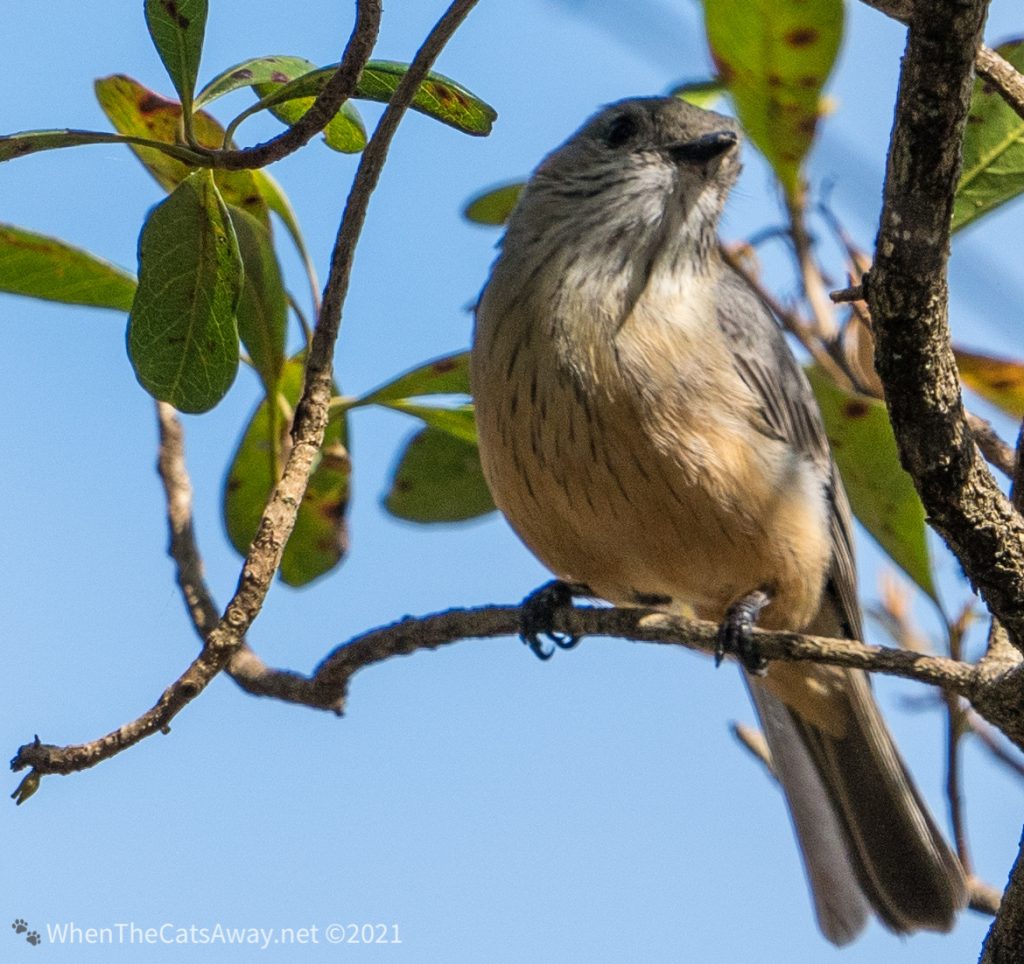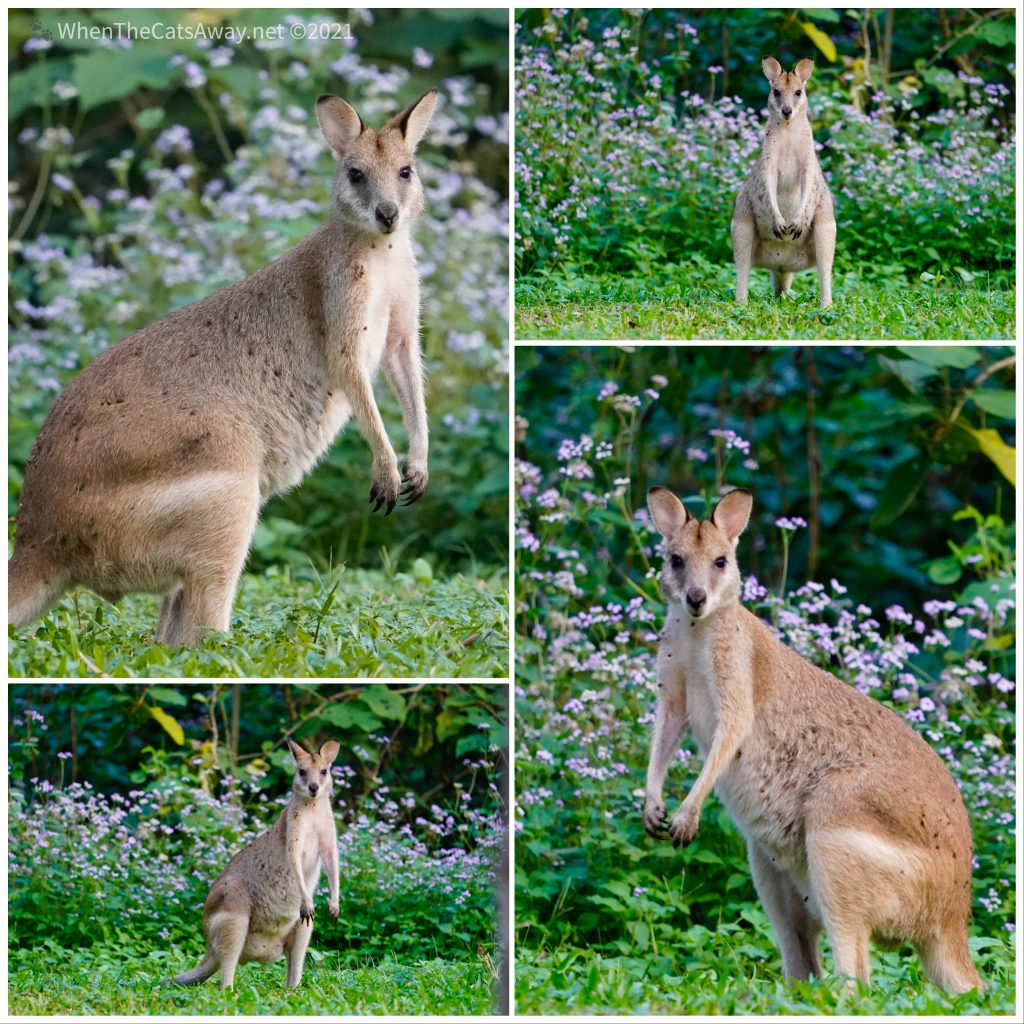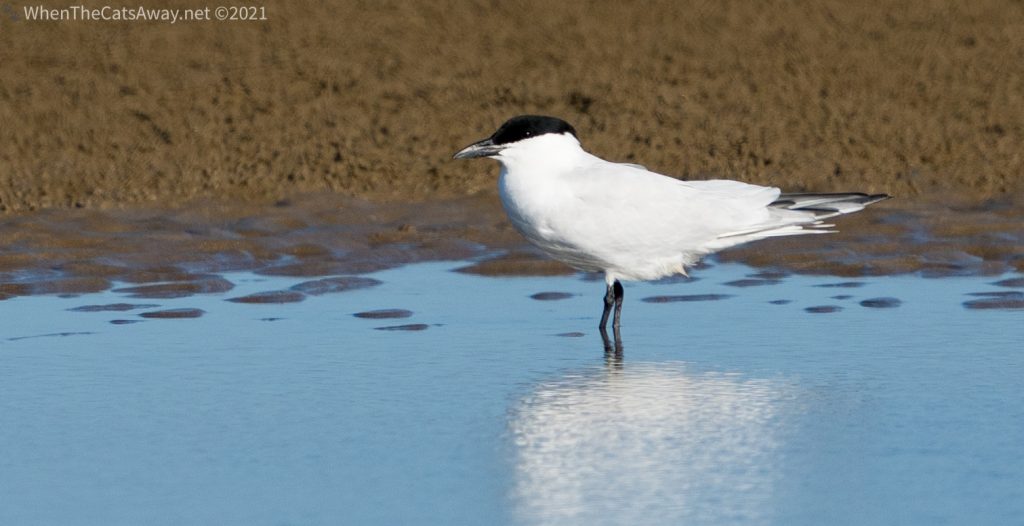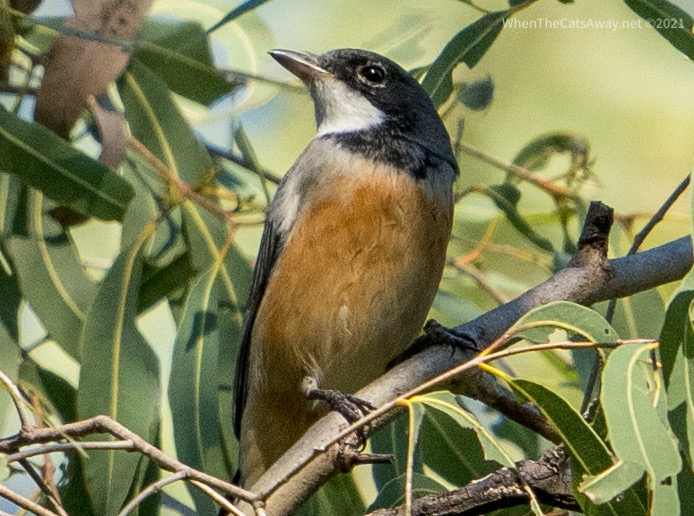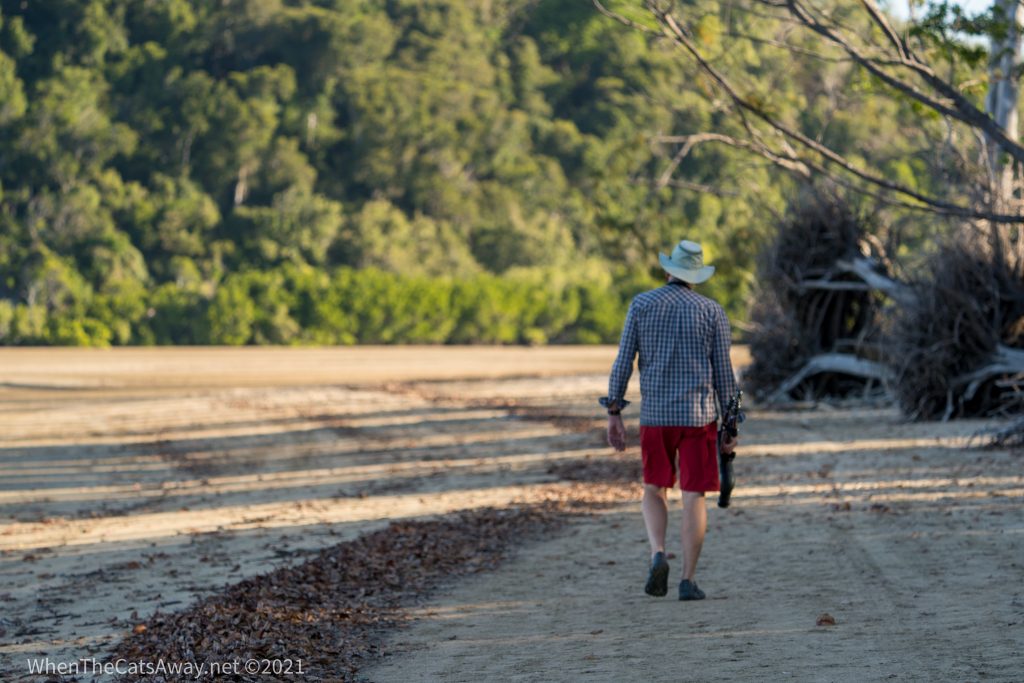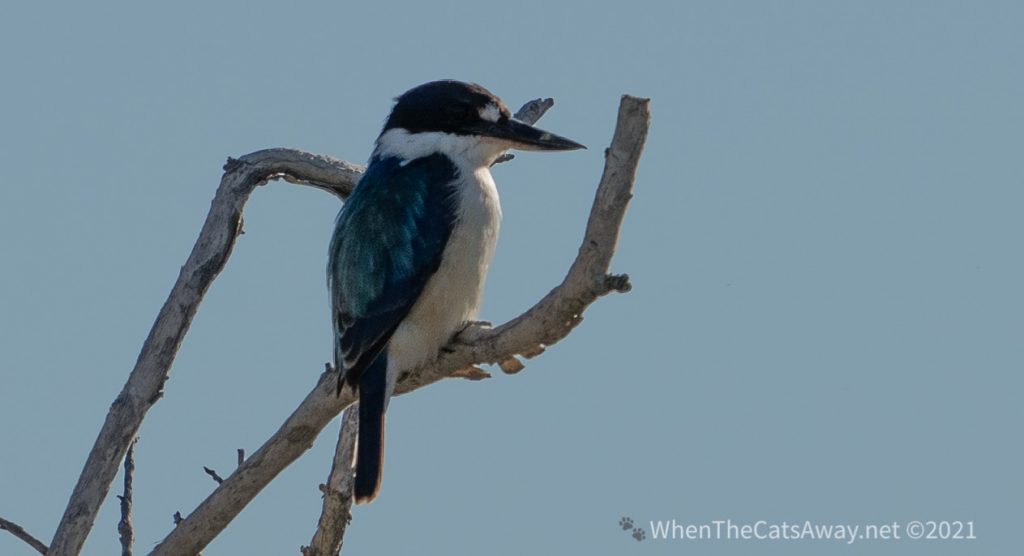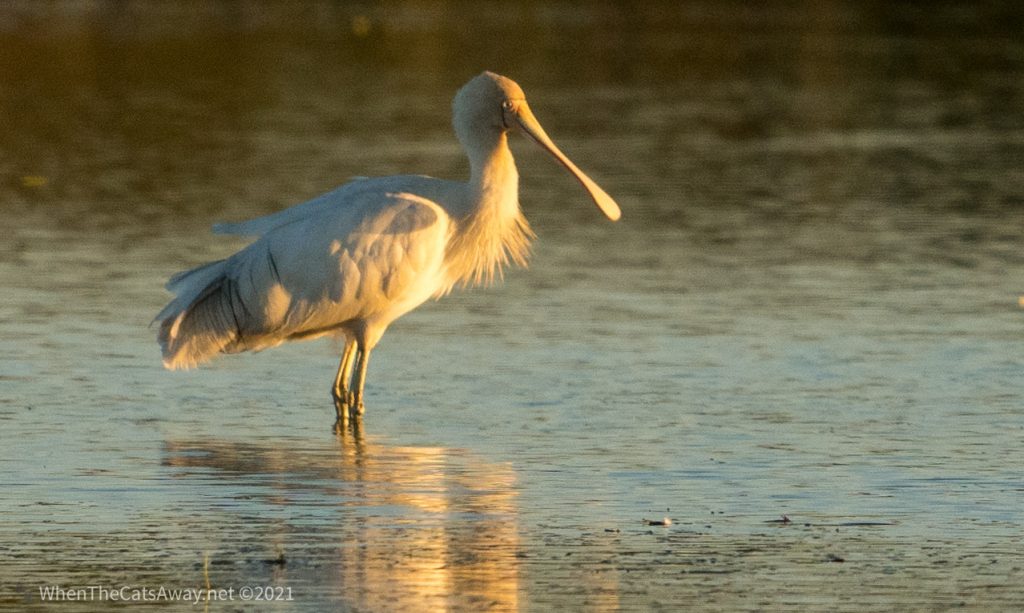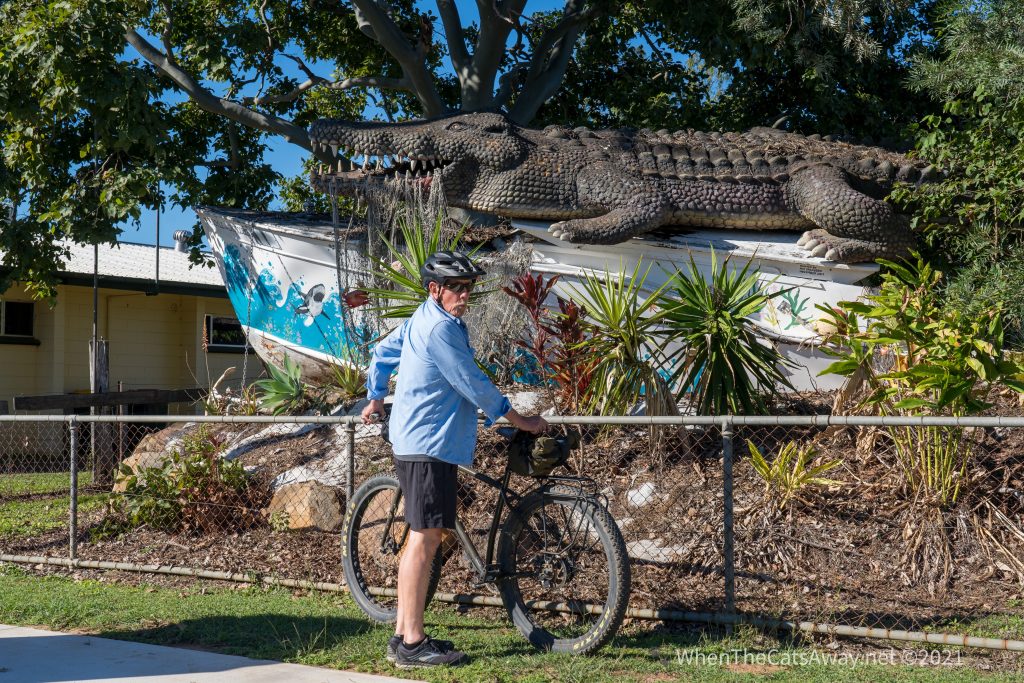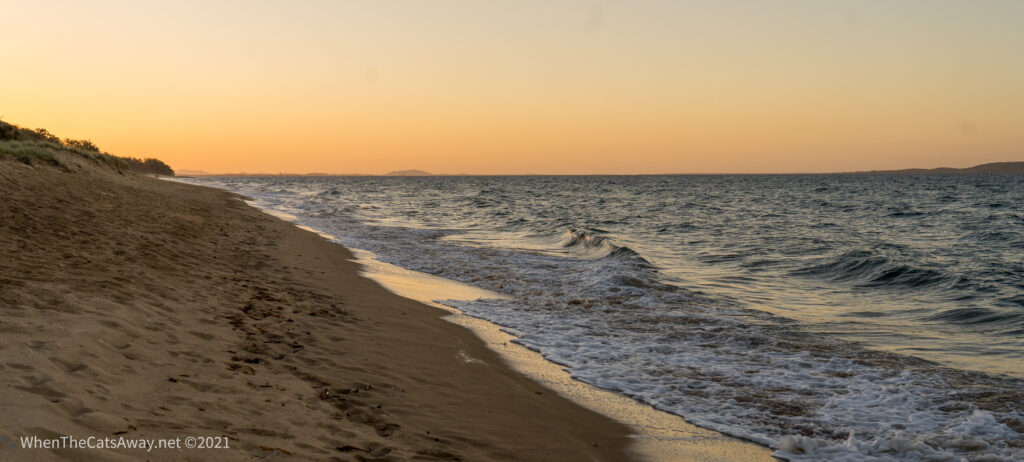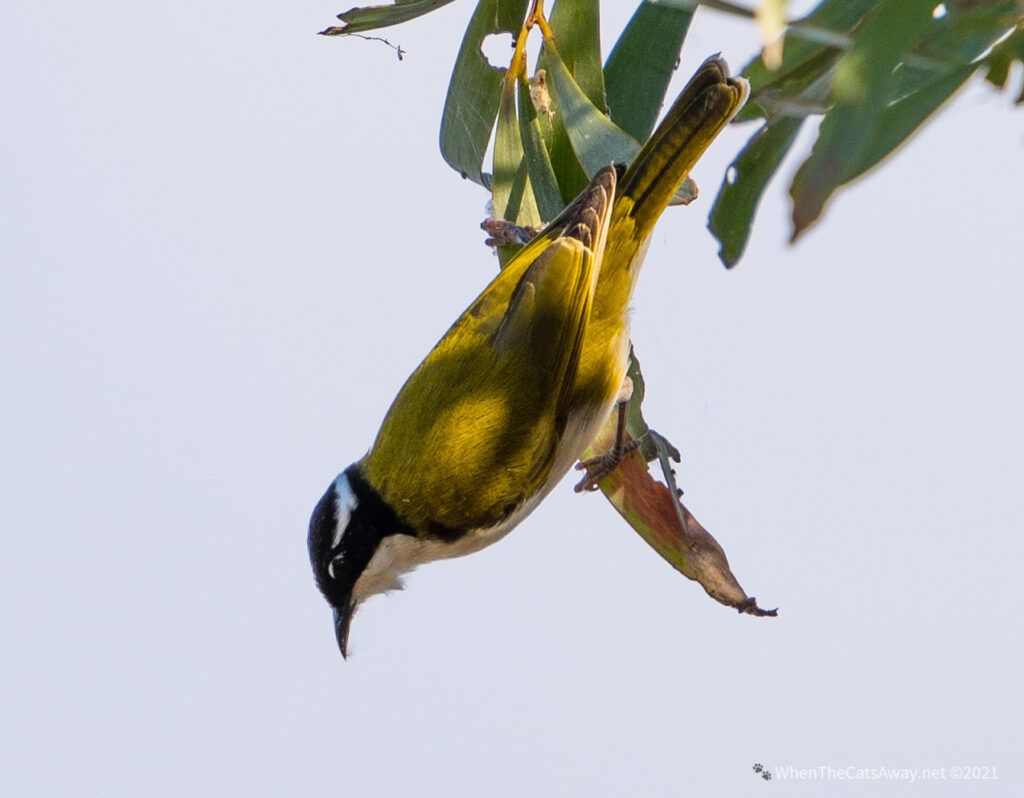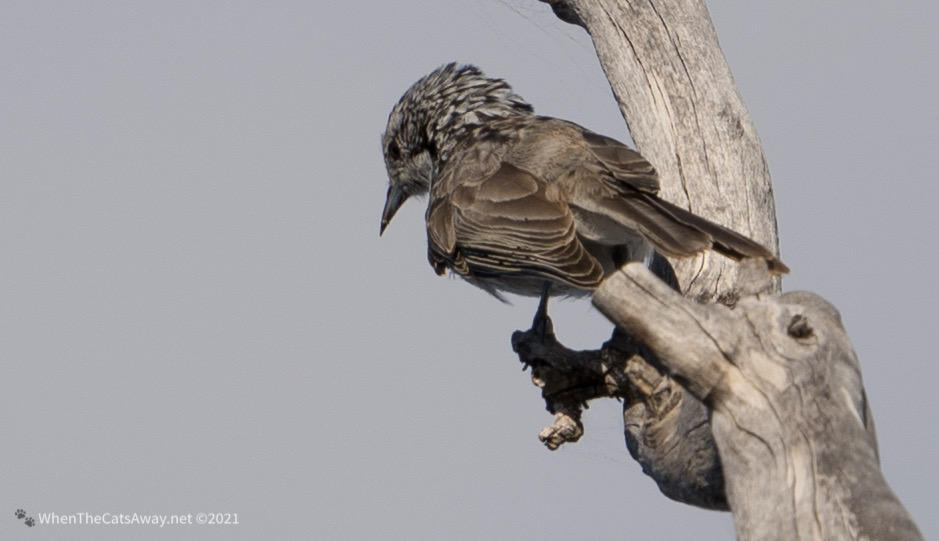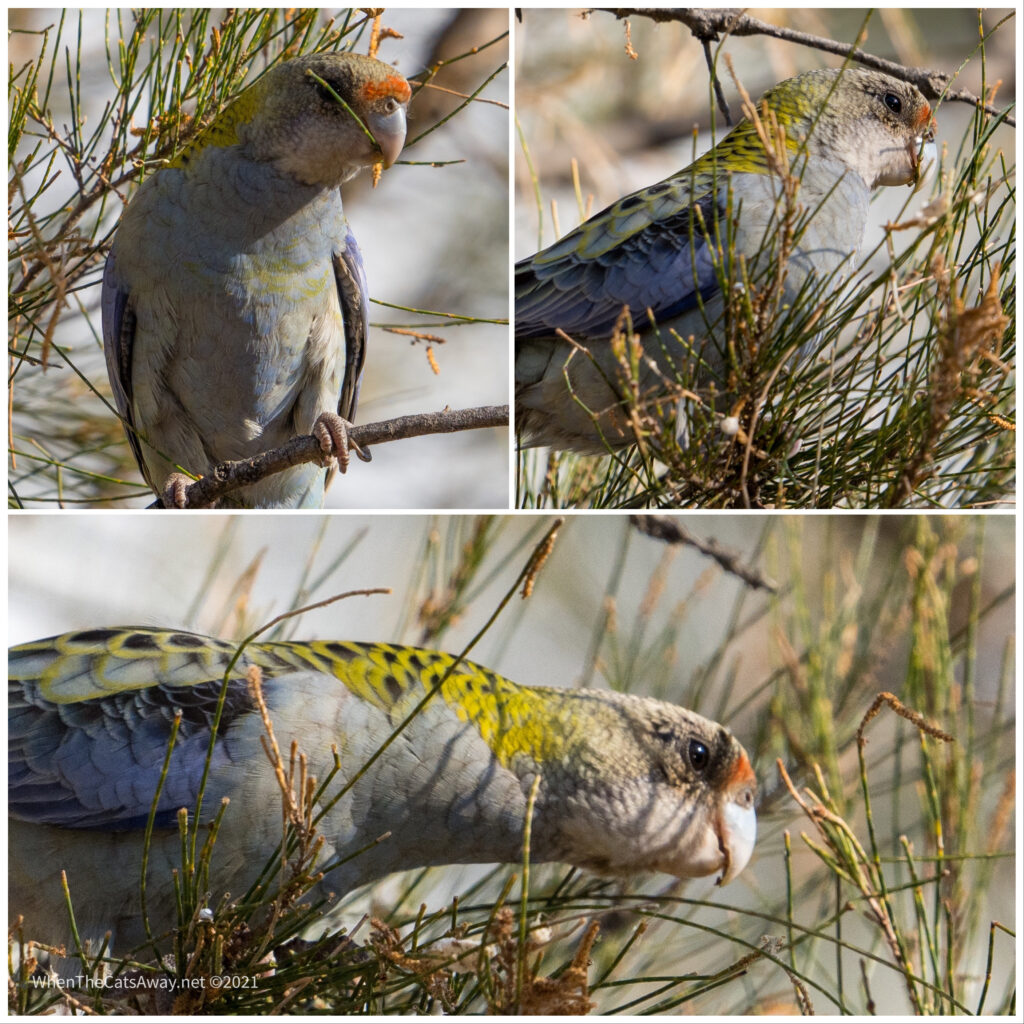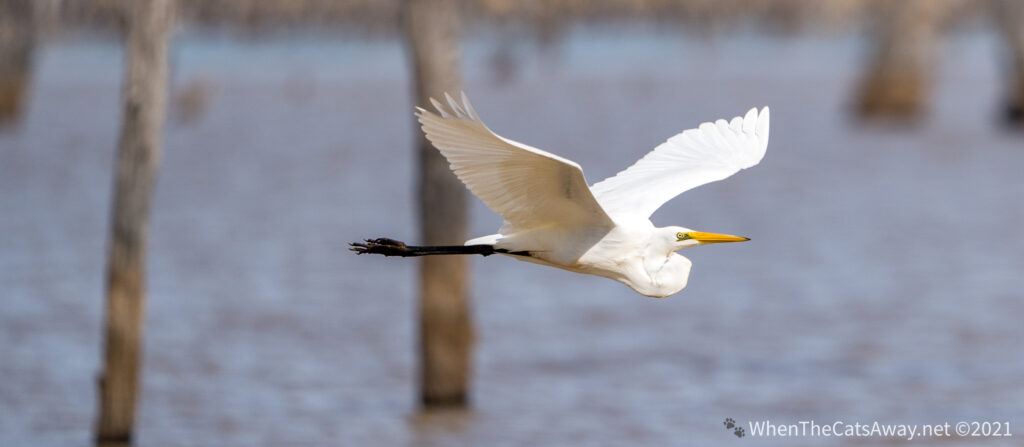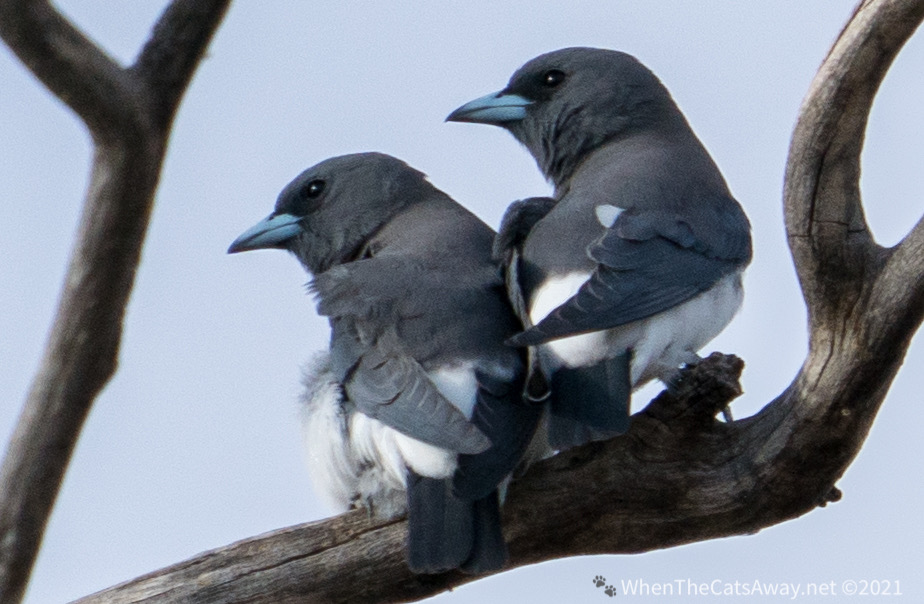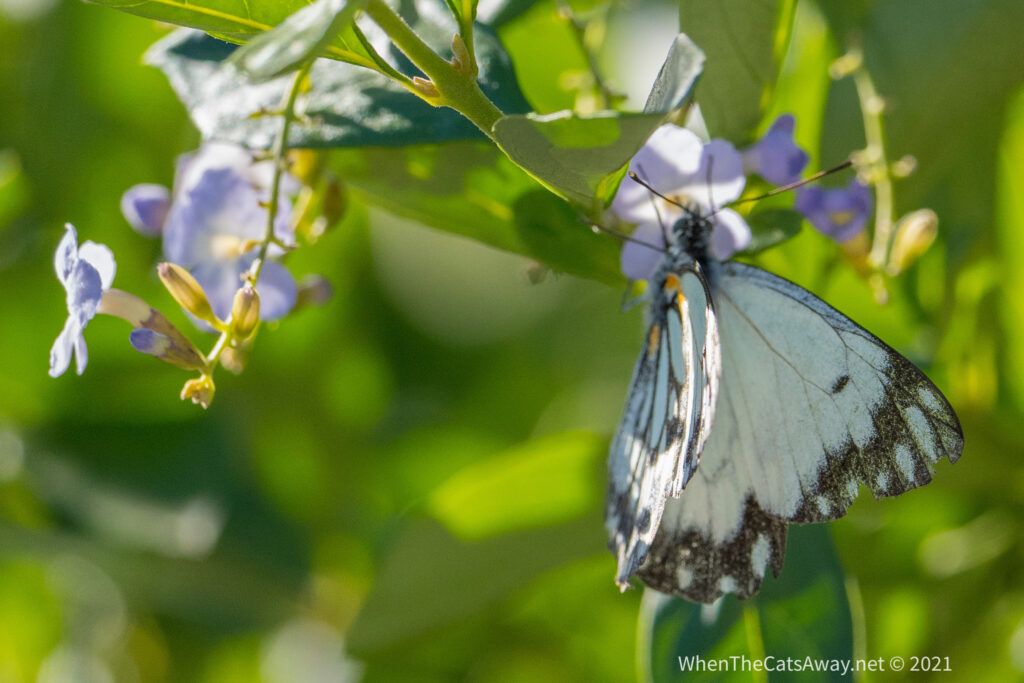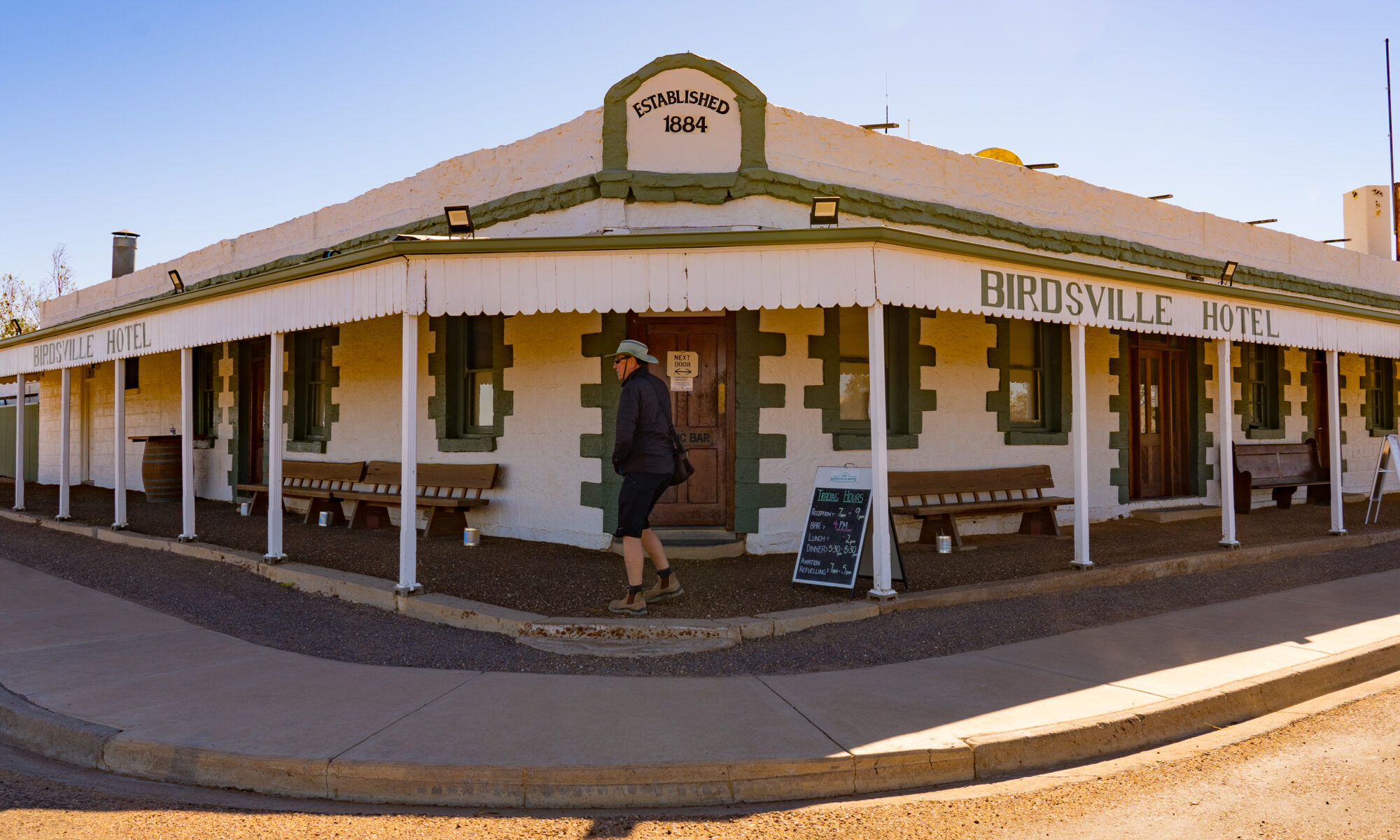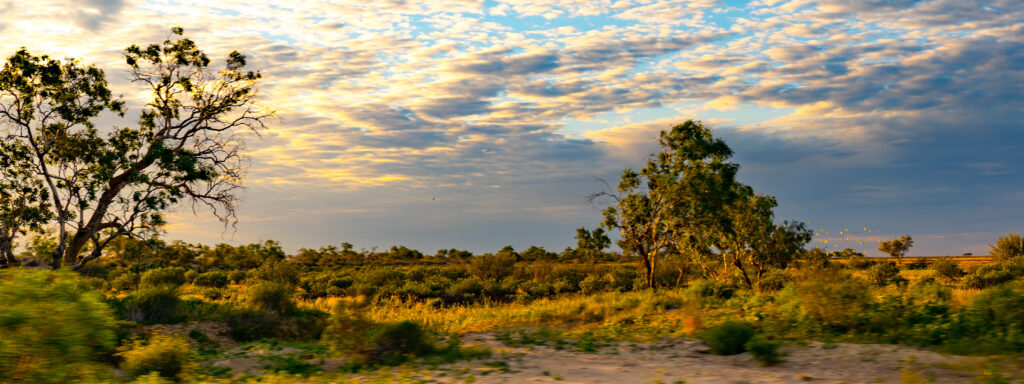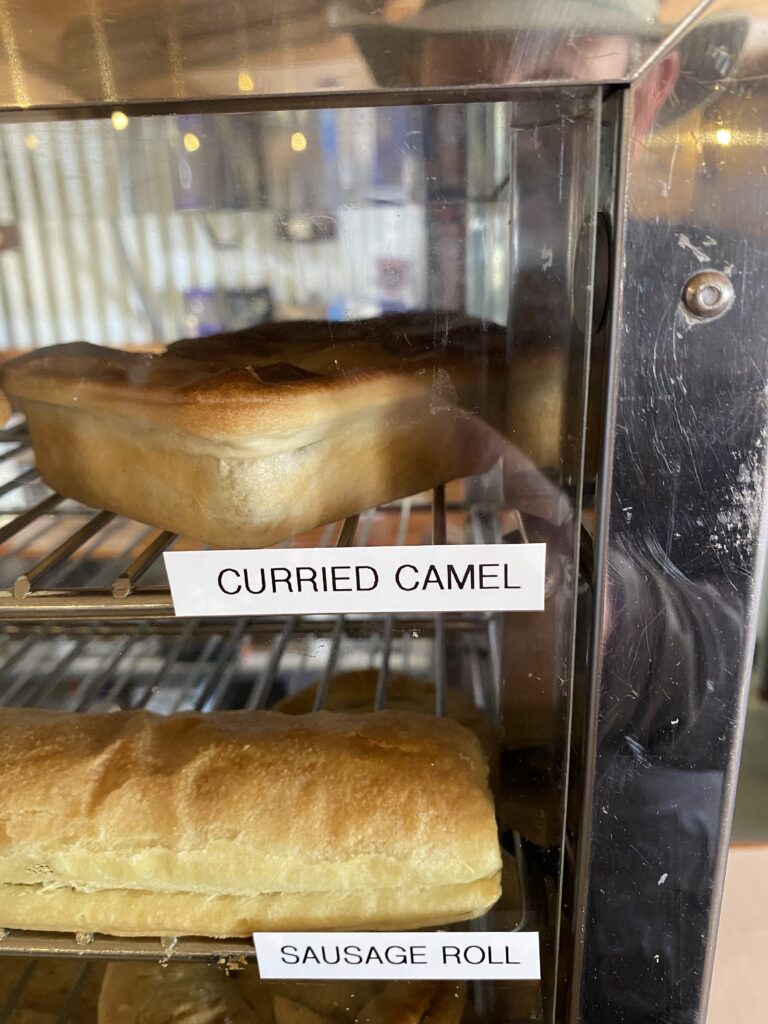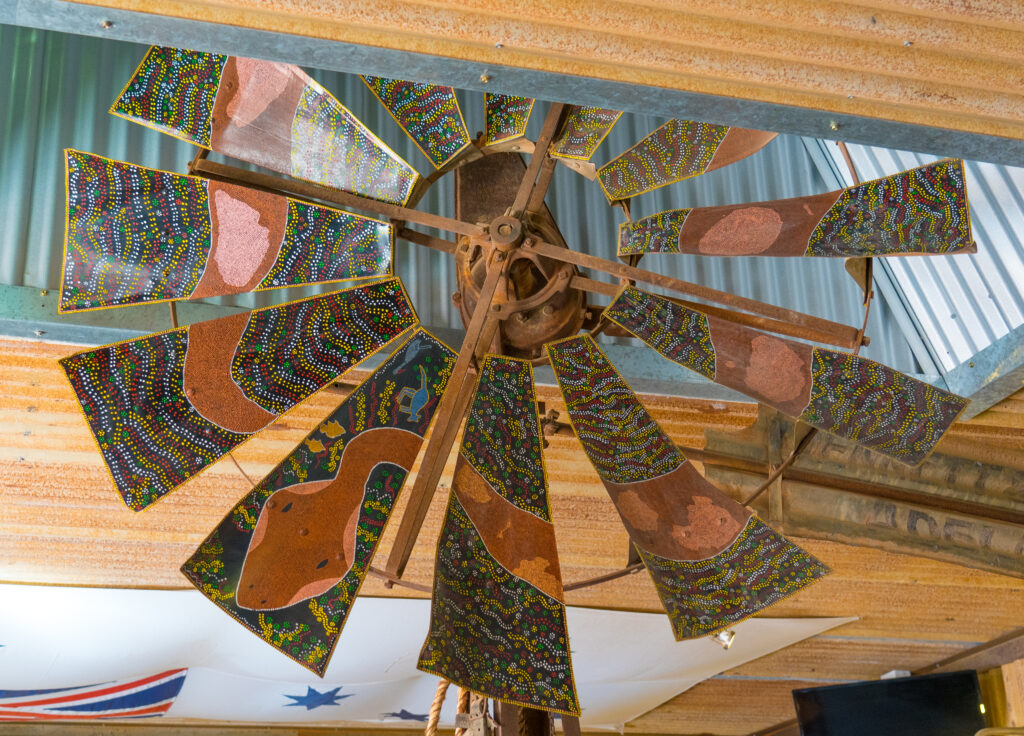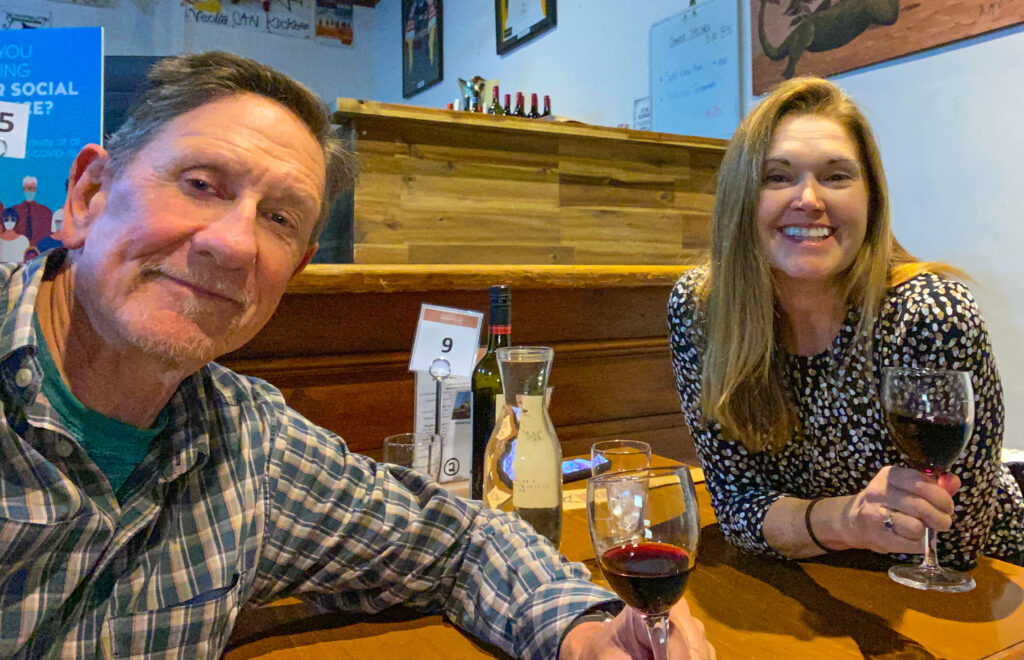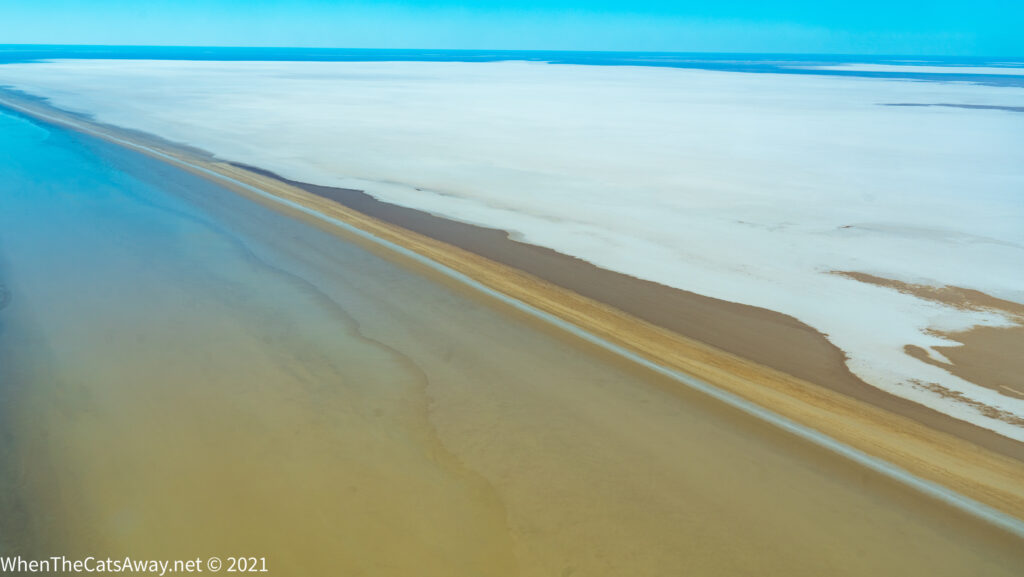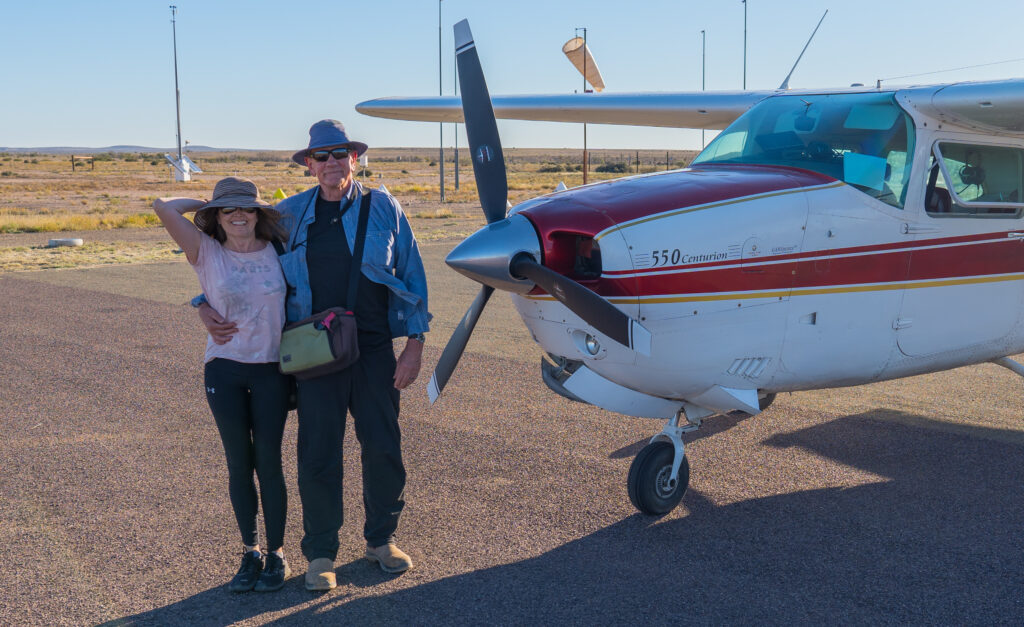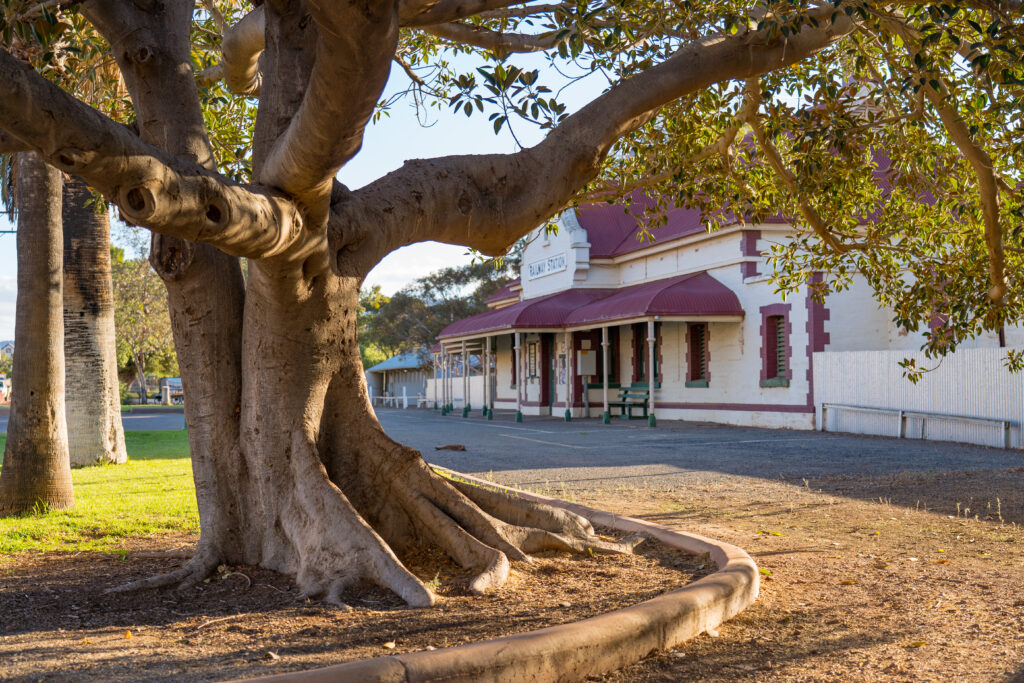Author: Mr A
Location: Townsville and Ingham, Far North Queensland
A short drive south and a caravan park we have been to before on the edge of Townsville. Its a matter of the best of bad options, but thats not unusual for caravan parks when you are near are bigger towns and cities. They are always popular, so high demand seems to drive a culture of poor standards. But we have our own little world when we shut the door, and we are only here to get some jobs done. However, the Ross River does flow past the site, and we jumped on the bikes for a late afternoon ride.

As we were riding I had a revelation. I‘ve suffered from osteoarthritis in my hand for nearly 10 years. Some days were worse than others, and on the bad ones it was so painful I struggled to change gears and use the brakes on my bike. And I suddenly noticed as we we were riding, I had no pain! Thinking back I realised it had been weeks since I’d had any bad days! The only thing that’s changed has been my diet. On April 1st I decided it was time to make some changes. Overweight, high cholesterol, high calcium, it was time to change those things. I cut out bread, pies, sausage rolls, chips and cakes. So basically all the staple food groups consumed on the road! We had also been doing the no food between 8pm and noon the next day routine, but that hadn’t made much difference that I had noticed. My hand still hurt and I was still gaining weight.

But substituting a big bowl of salad, with quinoa, pumpkin or sweet potato, for my usual sandwich or pie, that’s changed everything.
To be pain free – oh what a relief. And to lose 4.5 cm off my tummy – I’m now half way to getting out of the overweight classification. I’ve read about people “curing themselves” from arthritic pain by diet changes, but was sceptical. Now I’m a believer. Osteo just doesn’t go away for no reason, it just steadily gets worse. And nothing else is different other than my diet. I also just got another set of blood test results and my “bad” cholesterol was way down and glucose tolerance the same. Basically I’ve shifted from a fat-old-one-handed-bloke-on-his-way-to-a-heart-attack, to a less-fat-old-bloke-who-might-be-around-to-see- his-grandkids-buy-him-a-beer 🙂
Now I have to crank up my morning work out to get some muscle tone back – but someone always claims the yoga mat, for some “downward cat” moves, in slow motion.

Townsville has been pretty productive for a city stop over. An Ear Nose and Throat specialist appointment for a blocked ear. A visit to a barbers for me and another set of blood tests, and a catch up for Catherine with one of her fellow iSGS sufferers, who lives locally.

We took a drive out to the “Townsville Town Common”, and no, it isn’t anything like what an English person conjures up when they hear that phrase, its actually a massive area of beautiful wetlands on the edge of the city. We didn’t get many great bird sightings, but a lovely place to wander around.

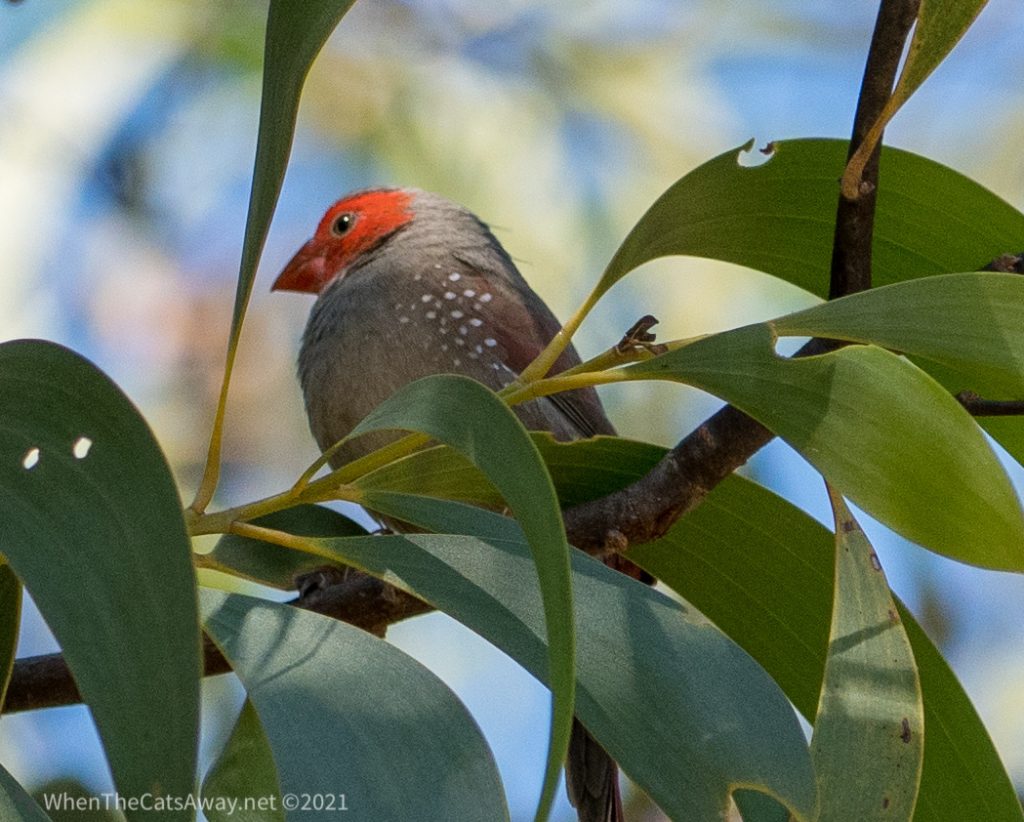



We even fitted in a wild (for us) night out on the town – some pre-dinner drinks then a decent Indian meal with a bottle of wine mostly finished between us.


But it was time to move on and we headed, once again, back up the Bruce Highway north, to our favourite wetlands at Ingham – the TYTO wetland. The Ingham Visitor centre was our first stop for a permit to camp in the RV park at the back, a credit to the town, the staff there so knowledgeable and helpful.
A few hours wandering around the TYTO wetlands once again brought a richness of birdlife into our respective lenses. Catherine capturing hers on these glorious photos, me looking up close on my scope and wondering at the beauty of these creatures. I love the fact that we can get so “close” but without disturbing them.

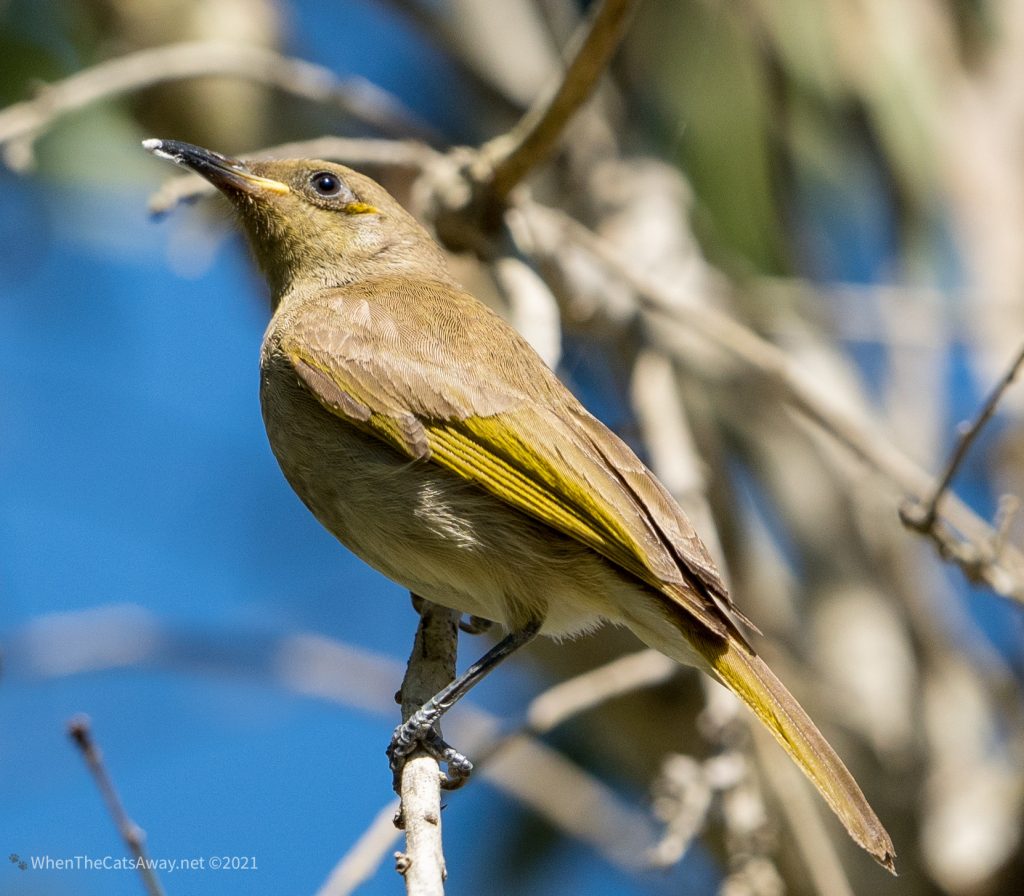




We also got some great tips from the Information Centre staff that there were a couple of delis in town, with a great boardwalk to wander along to get to them. With low expectations (we have seen many a place labelled as a deli that seemed to qualify as they sold two types of pies!), but these were the real deal. Apparently a large Italian population is still in the area from when they were attracted here by the government being offered large parcels of land to “improve”. This usually meant ripping down pristine rain forest and planting sugar cane. And of course we know Italians are serious about the quality of their food.


Even the fish and chip shop across the road from our campsite is a gourmet version, with Tasmanian oysters ($30 a dozen, mind!) and home pickled local octopus, and spring rolls stuffed with local mud crab! They were all delicious! Wild Local Prawns its called- call in if you coming through Ingham please

A business trying this hard to deliver a quality product deserves the encouragement of your custom :).
We concluded our visit with a final look around the wetlands before we moved on. Ingham, you will be fondly remembered.








